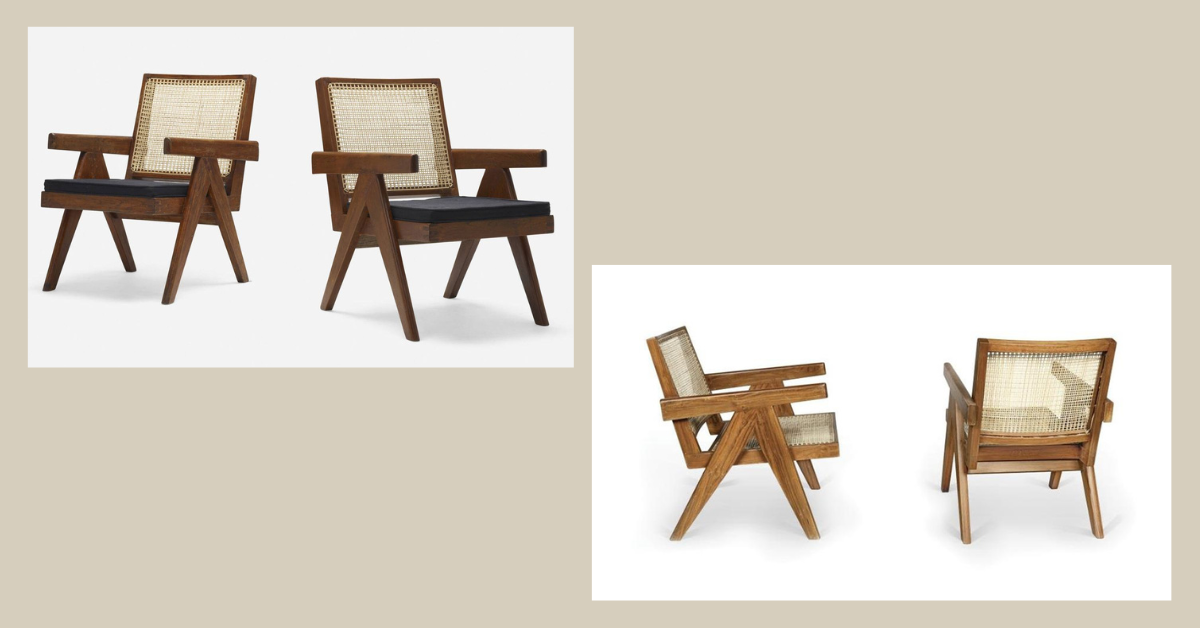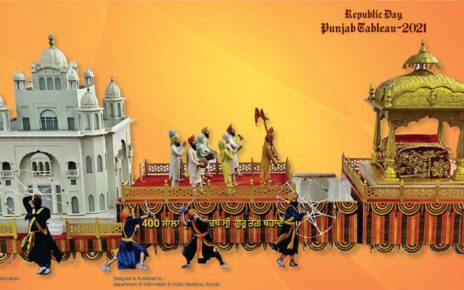The City Beautiful, Chandigarh- where it is popularly known for its meticulous planned structure is also a testament to the architecture of Le Corbusier and Pierre Jeanneret’s modern vision, is now in between a concerning controversy.
Apart from the city these renowned architects also designed furniture which added to the unique character of the city. These Heritage furniture were being illegally auctioned abroad, raising questions about the protection of cultural heritage and also highlighted the loopholes in existing regulations.
In a California auction, a pair of armchairs from Punjab Engineering College, designed by Pierre Jeanneret were sold at price of Rs 8.35 lakhs along with a book rack from the Chandigarh Assembly with a price tag of Rs 4.70 lakh, respectively.
This alarming situation was brought to light by Ajay Jagga, who is a dedicated member of the Chandigarh Heritage Protection Cell. As per his findings these are just few examples among several pieces of furniture who are finding their ways onto international auction platforms which are integral part of Chandigarh’s heritage.
Ajay Jagga, raising this concern, has written to S Jaishankar, Union Minister of External Affairs, and Meenakshi Lekhi, Minister of State for External Affairs “Despite raising the alarm for more than ten years, the foreign auction houses are still auctioning Indian heritage items and making huge money, despite the fact that the MHA has banned the movement of the goods beyond Chandigarh in 2011. They are freely auctioning the goods, without any fear of law. There is already a law to regulate the export trade in antiquities and art treasures, to provide for the prevention of smuggling of, and fraudulent dealings in, antiquities, to provide for the compulsory acquisition of antiquities and art treasures for preservation in public places and to provide for certain other matters connected therewith or incidental or ancillary thereto. But the issue is that ASI says the Chandigarh goods are not antiquity, although they have imposed a soft ban on movement outside India at all the airport and sea ports.”
Jagga stated, “It is observed that the these articles are clearly covered under the definition of ‘art treasure’ i.e. Section 2 (b) of the Act.”
As per the act, “art treasure” means any human work of art, not being an antiquity, declared by the Central Government by notification in the Official Gazette, to be an art treasure for the purposes of this Act having regard to its artistic or aesthetic value: Provided that no declaration under this clause shall be made in respect of any such work of art so long as the author thereof is alive.”
“Accordingly, it must be examined that the declaration of Chandigarh heritage articles as art treasure will ensure the ban on its export. Further, as per Section 3, it shall not be lawful for any person, other than the Central Government or any authority or agency authorized by the Central Government on this behalf, to export any antiquity or art treasure. As such it is again requested to examine the matter accordingly and take apt steps.” he added.
These situations has raised a question of ethics of the international art market. These actions contributes to the dispossession of cultural heritage from their origin which leads to deprivation of links to their pas and also raises a sense of cultural loss. Disregarding the city’s cultural significance through these loopholes in existing rules and regulations has sparked an outrage amongst heritage enthusiasts and conservationists.




